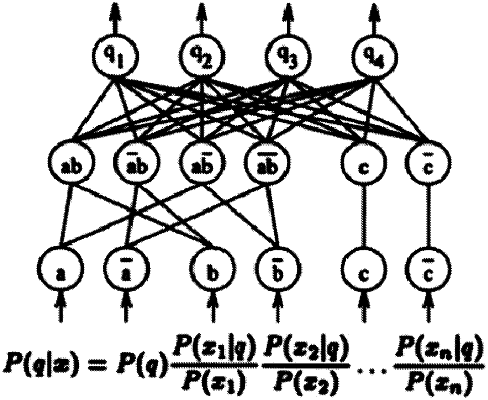| CPC G16H 50/70 (2018.01) [G16H 10/60 (2018.01)] | 20 Claims |

|
1. One or more computer-readable storage devices having computer-usable instructions embodied thereon that, when executed by one or more processors, facilitate performing a method for determining an unsafe combination of therapeutic interventions for human patients in a treatment context where therapeutics interventions are administered by a plurality of caregivers, the method comprising:
determining, by means of a software agent, a target population and a reference population, the determining based at least in part on the software agent identifying a plurality of inclusion criteria and a plurality of exclusion criteria that define the target population and the reference population;
extracting a set of target information from, a data store, the target information associated with the target population of patients from a first set of records of a first health-records system;
extracting from the data store, reference information associated with a reference population of patients from a second set of records of a second health-records system within the data store;
computing, by a processor, an exposure of interest comprising administration of a drug to treat a condition;
computing by the processor, frequent item-sets associated with the target population, a frequent item set comprising the exposure of interest and an associated medical event experienced by a patient;
selecting, by the software agent, first raw data from the target information associated with the target population comprising a first plurality of patients associated with the exposure of interest and one or more demographic restrictions;
selecting, by the software agent, second raw data from the reference information associated with the reference population comprising a second plurality of patients that did not receive the drug, but that received one or more concomitant comparator drugs to treat the same condition, and that meet the same demographic restrictions applied in the selection of the first raw data;
computing by the processor, using a Bayesian confidence-propagation neural network or Multi-item Gamma Poisson Shrinker, a cluster-based matching of the first and second raw data to determine one or more clusters, wherein the cluster-based matching is based on a match between one or more demographic attributes of patients in the second raw data who did not receive the drug, and patients in the first raw data who received the drug;
determining, by the processor, at least one quantifying difference in event rates for the associated medical event between the patients in the first raw data and the patients in the second raw data for at least one cluster;
comparing, by the processor, the quantifying difference to a first predetermined threshold to create a provisional association of one or more of the first plurality of patients to the exposure of interest;
generating by the processor, a safety signal corresponding to the provisional association, the safety signal indicating at least a second order combination and sequence of therapeutics associated with adverse events; and
transmitting the safety signal to a data store accessible to the plurality of caregivers to limit application of the second order combination and sequence of therapeutics to a subsequent patient by the plurality of caregivers.
|